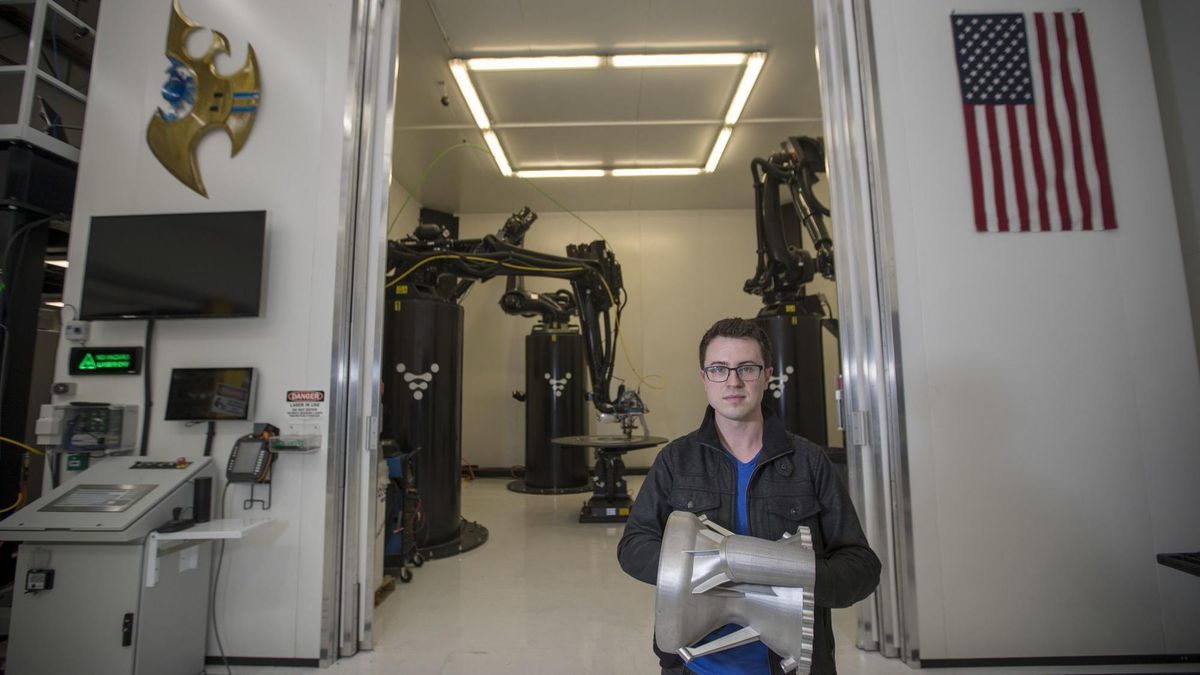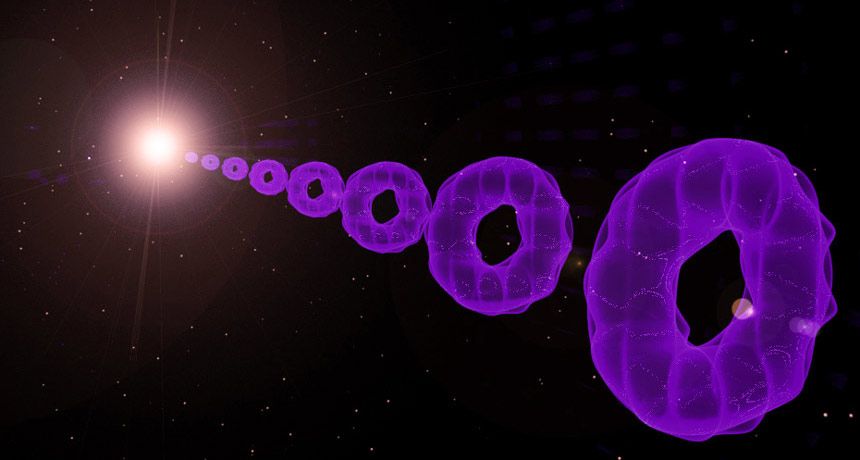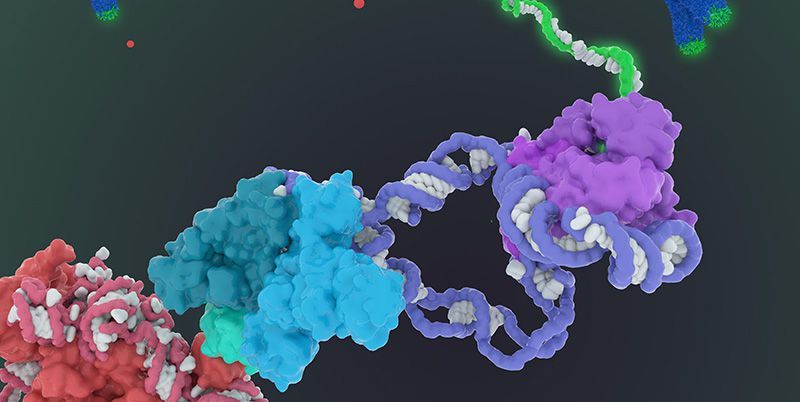Virgin Hyperloop One in partnership with BMW’s design group released pictures of the interior of a pod that could be used to transport passengers in the UAE.
Get the latest international news and world events from around the world.



Are People Merging Into And With Their Smartphones?
Are we witnessing, as Truthstream Media calls it, “A Zombie Apocalypse” Where reality is becoming a little less real by the day or is this trend something else?
Are people merging with their Smart Phones and becoming programmed by them using Cyborgification or is this something different? Find out…


Goldenrod Extract has a Marginal Senolytic Effect in Cell Culture Study
Today, we have a new study showing that a common, plant-based compound could help clear out unwanted senescent cells, which accumulate with age and produce inflammatory signals that drive age-related disease progression.
Taking out the trash
A new study has investigated a natural, plant-based compound for its ability to destroy senescent cells [1]. These cells accumulate with age due to the aging immune system becoming increasingly poor at removing them; this leads to a build-up of these cells and the secretions they produce, which cause chronic inflammation. These proinflammatory secretions are known as the senescence-associated secretory phenotype (SASP).
CGP Grey: The Fable of the Dragon-Tyrant
CGP Grey has produced a new video, this time an animated version of Prof. Nick Bostrom’s “The Fable of the Dragon-Tyrant”. The fable is a powerful metaphor for aging and the acceptance mechanisms that have led humans to schedule their entire lives around its diktat.
There’s a good chance that ten or fifteen years from now, we’ll look back at this moment in history and realize that we were living through the beginning of a revolution, the first baby steps of what would eventually become a global movement. Maybe it’ll take longer, but just like it was for human flight, the unmistakable signs of the upcoming paradigm shift are all around us.
If you are paying attention to the field of rejuvenation biotechnology, you’re noticing how more and more experts have dared to “come out” and speak of aging not only as a medical problem to be solved but also one that we might just be able to relegate to medical history books in the relatively near term; you’re noticing the technical progress, big and small; how the topic is moving from fringe to mainstream; how more people join the cause; and how previously dismissive and uninterested people now react to this change, either by disputing the feasibility or desirability of defeating aging.


Scientists Get Their First Look at the Enzyme That Could Help Battle Aging
The enzyme holds clues to a possible cure for aging or potential cancer therapies.
Janet Iwasa
Nothing in your body lasts forever. Every single cell in your body will die eventually, and eventually you’ll run out of replacements. When that happens, various parts of your body will stop working correctly, and at some point the whole thing will shut down. Aging happens to all of us, and there’s nothing we can do about it.